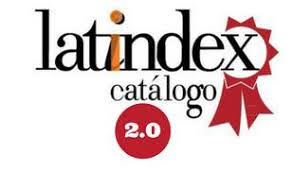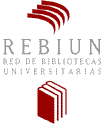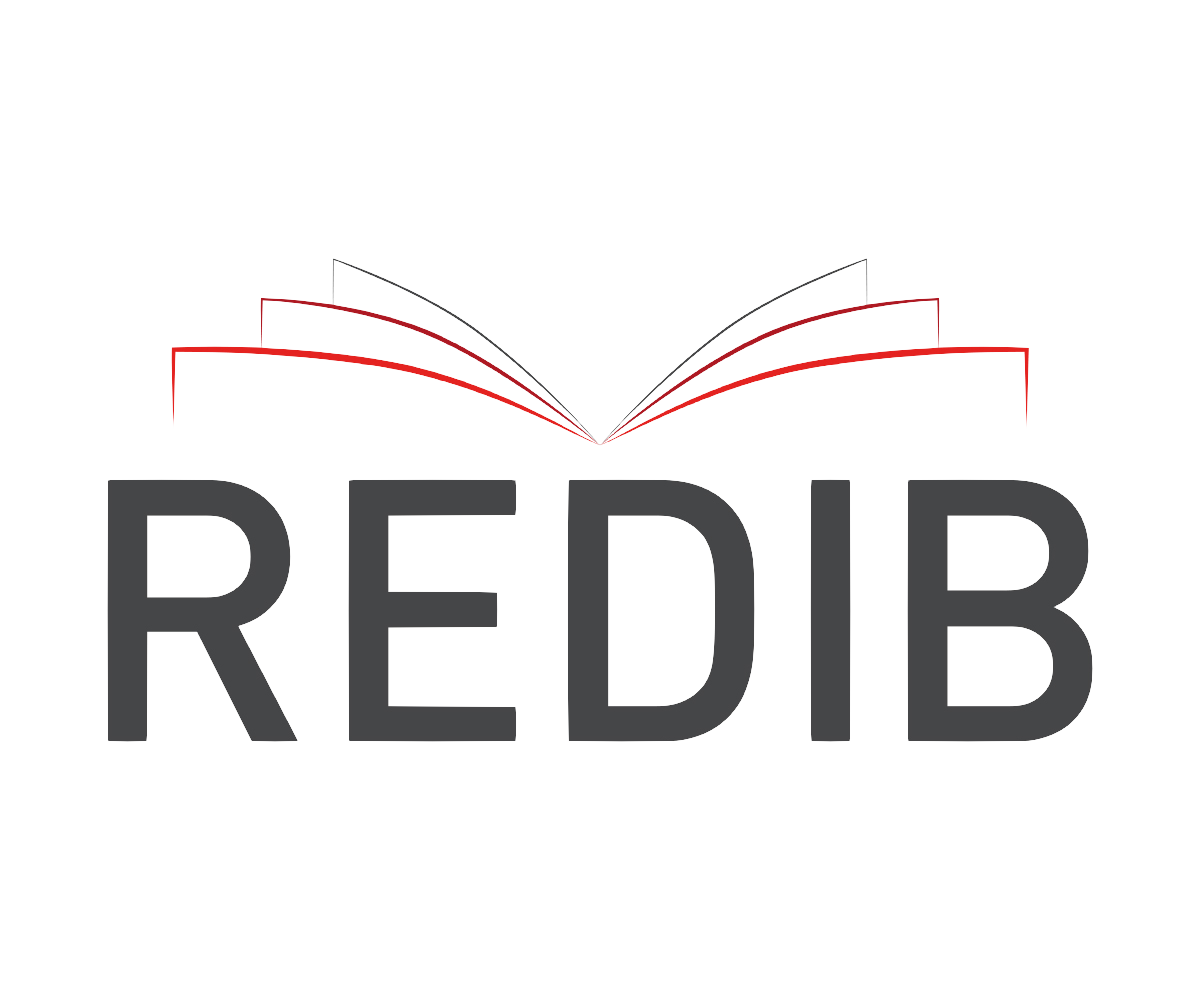The double roof as a rainwater collector in Ciudad Juárez, Mexico
DOI:
https://doi.org/10.22320/07190700.2019.09.01.03Keywords:
Rainwater, Roof, rainwater harvesting, ventilationAbstract
The fresh water supply is a problem in various parts of the world. The shortage of this resource is evident, as seen by the World Economic Forum´s Global Risks Report (2018) which states that in the last decade the water crisis has always been one of the top five global risks in terms of social impact. This problem is not foreign to Mexico and much less so to Ciudad Juárez where this research was carried out. Visualizing this problem from an architectural point of view, there is a need to create sustainable buildings that can mitigate the overexploitation of the water table. Therefore, the idea to use a double roof system as a rainwater collector was developed, and a multifunctional model with efficient rainwater catchment and better thermal behavior was created. To validate these first steps, an applied quantitative study was carried out in which three experimental models were developed to measure the amount of rainwater harvested and the thermal behavior within the models, in order to compare the combination of the double roof with and without rainwater catchment.
Downloads
References
Burgess, B. (2012) Rainwater Harvesting BEST PRACTICES GUIDEBOOK. British Columbia: REGIONAL DISTRICT OF NANAIMO.
Krishna, J. (2005). The Texas Manual on Rainwater Harvesting, Austin Texas.: Texas Water Development Board
CANAPO. (2010) PROYECCIONES DE LA POBLACIÓN 2010-2050. Recuperado de http://www.conapo.gob.mx/ES/CONAPO/PROYECCIONES
Chi-ming, J. y Huang, J. (2007). Optimal spacing for double-skin roofs. Building and Environment, 43 (2008), 1749-1754.
Clarke, R. y King J. (2014). The Water Atlas. Los Angeles: University of Califronia Press.
CONAGUA. (2016). Estadísticas del agua en México edición 2016. México D.F.: CONAGUA.
CONAGUA. (2015) Cuidemos y valoremos el agua que mueve a México. Cd. de México: CONAGUA.
CONAGUA. (2015) Atlas del agua en México 2015. Cd. de México: CONAGUA.
CONAGUA. (2014). Estadísticas del agua en México edición 2014. México D.F.: CONAGUA.
CONAGUA. (2013). Estadísticas del agua en México edición 2013. México D.F.: CONAGUA.
Domínguez, J. (23 de marzo de 2017). Bajará presión del agua en la ciudad. El mexicano. Recuperado de: https://www.periodicoelmexicano.com.mx/local/bajara-presion-del-agua-en-la-ciudad .
Environment Agency. (2010). Harvesting rainwater for domestic uses: an information guide. Almondsbury: Environment Agency.
Espinoza, C. (2009). Agua para uso doméstico, disponibilidad, tratamiento y reuso eficiente, para el desarrollo del predio Valle Las Dunas, en Cd. Juárez Chih”. Tesis publicada. Ciudad Juárez: UACJ.
Gould J. y Nissen E. (1999). Rainwater catchment systems for domestic supply : design, construction and implementation. Londes: Intermediate Technology Publications.
Hernández, V., Contreras, C., Gonzáles, G,. Morillón D. y Fernández J. (2011). Modelo analítico que describe el comportamiento térmico de un sistema de descarga de calor en techos. Ingeniería Investigación y Tecnología, 33 (1), 33-42.
Hernández, J. (2013). Rompiendo el paradigma de los edificios inteligentes. Tesis publicada. Ciudad de México: UNAM.
Herrera, L. (2009). Evaluación de estrategias bioclimáticas aplicadas en edificios y su impacto en la reducción del consumo agua en equipos de enfriamiento evaporativo directo. Tesis publicada. Coquimatlán: UCOL.
IMIP. (2016) Radiografía Socioeconómica del Municipio de Juárez 2016, así comenzó 2017. Ciudad Juarez: IMIP.
IMIP. (2016) Plan de Desarrollo Urbano sostenible de Cd. Juárez, Chihuahua. Cd. Juárez: IMIP.
IMIP. (2016) Atlas de riesgos naturales y atlas de riesgos antropogénicos. Cd. Juárez: Gobierno municipal de Juárez.
INEGI. (1990) XI Censo General de Población y Vivienda 1990. Cd. de México: INEGI.
INEGI, (2012). ZONA HIDROLIGICA CONEJOS – MEDANOS. AGUASCALIENTES. INEGI
INEGI. (2015). Censo de población 2015. Recuperado de http://cuentame.inegi.org.mx/monografias/informacion/chih/territorio/div_municipal.aspx?tema=me&e=08
IPCC. (2012) SPECIAL REPORT OF THE INTERGOVERNMENTAL PANEL ON CLIMATE CHANGE. New York: IPCC.
Lancaster, B. (2009). Rainwater Harvesting for Drylands and Beyond Volume 1. Tucson: Rainsource Press.
Lorelei, R. y Zapata P. (1989). Los chultunes: sistemas de captación y almacenamiento de agua pluvial. Ciudad de México: INAH
Luján R. y Garza V. (2005). Tecnologías alternas de desalinización del acuífero del Bolsón del Hueco para el abastecimiento de agua potable a Ciudad Juárez, Chih., México. Tesis no publicada. Cd. Juárez: UACJ.
Mazari, M. (2003, mayo). El agua como recurso. ¿Como ves?. Recuperado de http://www.comoves.unam.mx/numeros/indice/54
Morrone B, CAMPO A, y Manca O. (1997). Optimum plate separation in vertical parallel-plate channels for natural convective flows: incorporation of larger spaces at the channel extremes. International Journal of Heat and Mass Transfer 40(5):993–1000.
Morales, J. (1993). ESTUDIO DE TECHOS DE EDIFICIOS CONSTRUIDOS PARA OPERAR EN FORMA PASIVA. Tesis publicada. Ciudad de México: UNAM.
Novak A, DeBusk, K. y Van Giesen E. (2014). Designing Rainwater Harvesting systems: integrating Rainwater into Building systems. New Jersey: John Wiley & Sons.
ONU. (2017). La población mundial aumentará en 1.000 millones para 2030. Recuperado de https://www.un.org/development/desa/es/news/population/world-population-prospects-2017.html
Salas J (2006). Problemática del Agua y Crecimiento Urbano en Ciudad Juárez, Chihuahua. Cd. Juárez: UACJ.
Serrano, S. (2014). Aprovechar el agua de lluvia. Doble solución. impluvium. Recuperado de http://www.agua.unam.mx/assets/pdfs/impluvium/numero01.pdf .
SMN. (2010) Información Climática por Estado. Recuperado de https://smn.cna.gob.mx/es/informacion-climatologica-por-estado?estado=chih
Vasudevan, L. (2002) A study of Biological Contaminants in Rainwarer Collected from Rooftops in Bryan and College Station. Texas: Texas A&M university.
WEF. (2018). The Global Risks Report 2018 13th edition. Switzerland, Geneva: World Economic Forum.
Worm, J. y Hattum, T. (2006). Rainwater harvesting for domestic use. Netherlands: Digigrafi
Downloads
Published
How to Cite
Issue
Section
License
The content of articles which are published in each edition of Habitat Sustentable, is the exclusive responsibility of the author(s) and does not necessarily represent the thinking or compromise the opinion of University of the Bio-Bio.
The author(s) conserve their copyright and guarantee to the journal, the right of first publication of their work. This will simultaneously be subject to the Creative Commons Recognition License CC BY-SA, which allows others to share-copy, transform or create new materials from this work for non-commercial purposes, as long as they recognize authorship and the first publication in this journal, and its new creations are under a license with the same terms.

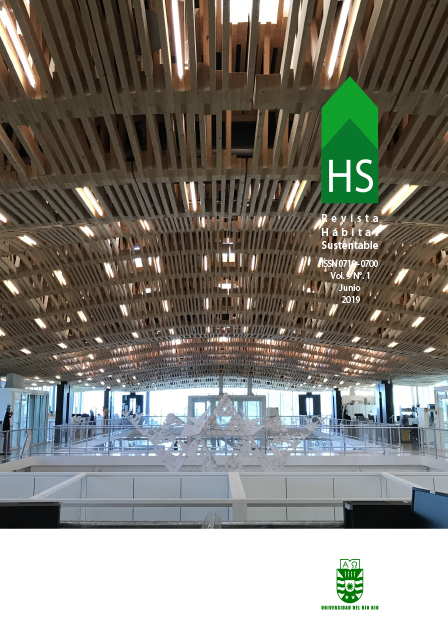
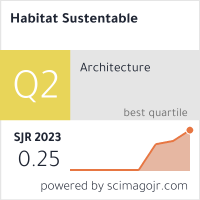






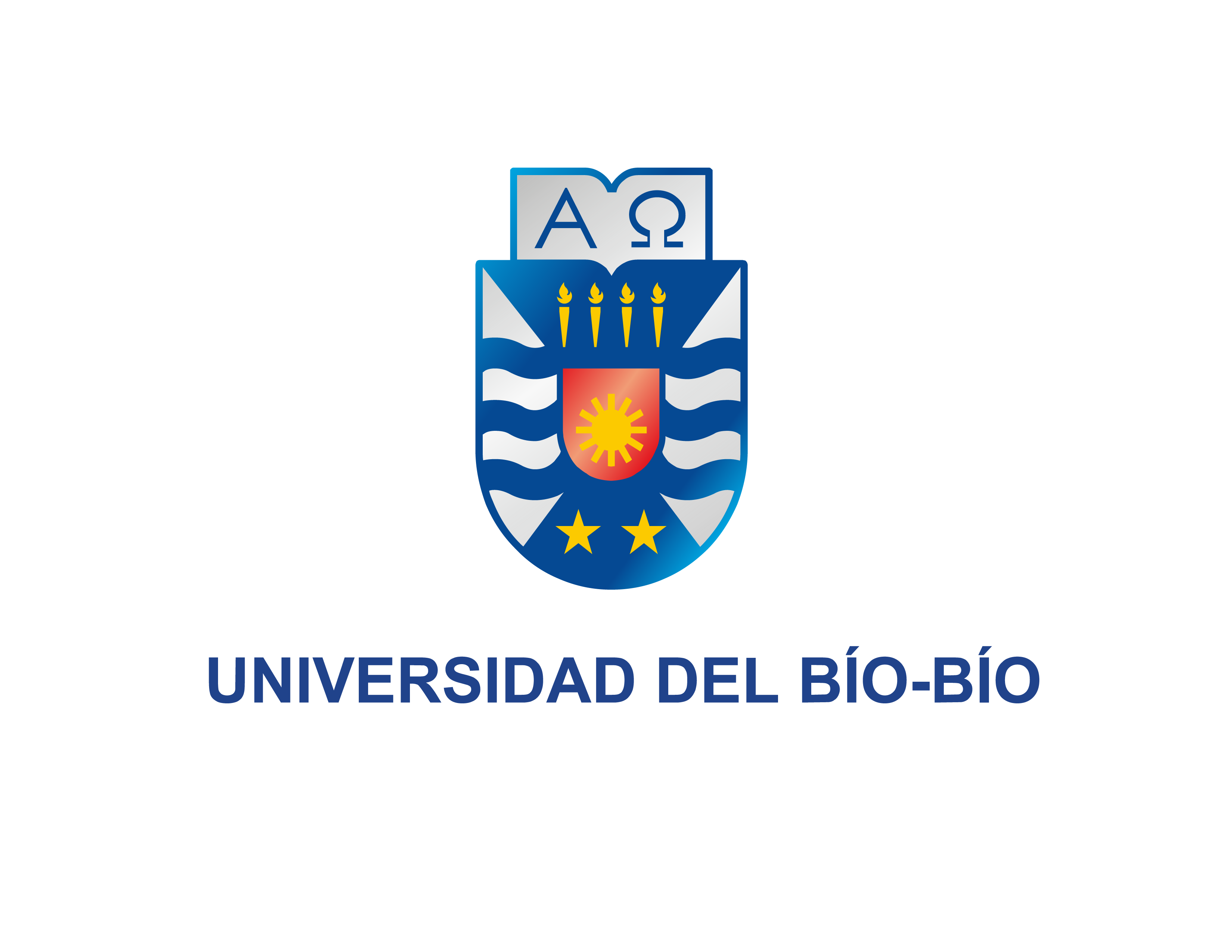
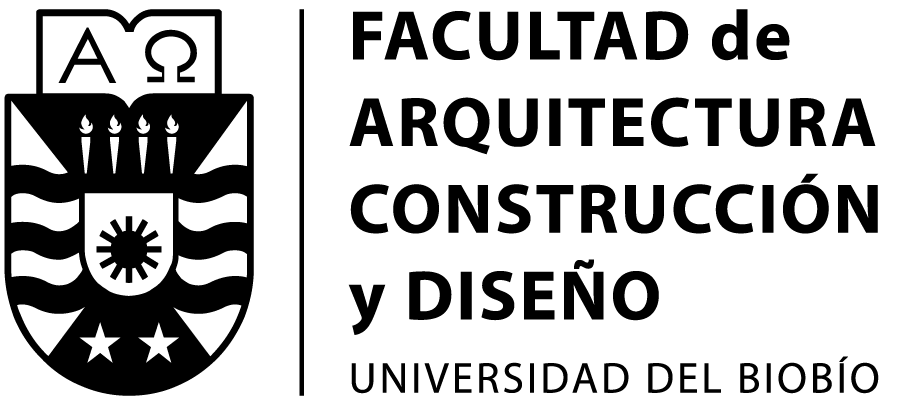
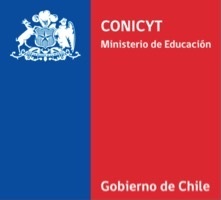 Scientific Information Program/Concurso Fondos de Publicación de Revistas Científicas 2018/ Proyecto Mejoramiento de Visibilidad de Revistas UBB (Código:FP180007).
Scientific Information Program/Concurso Fondos de Publicación de Revistas Científicas 2018/ Proyecto Mejoramiento de Visibilidad de Revistas UBB (Código:FP180007).
